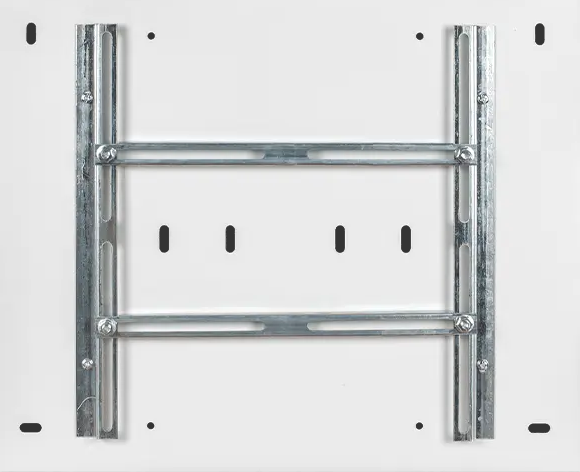The back plate of manifolds plays a significant role in the overall function and durability of manifold systems. This component is typically designed to provide structural support and ensure the correct alignment of other parts within the manifold assembly. Without a well-fitted back plate, the efficiency and stability of the manifold could be compromised.
One of the essential functions of the back plate is to serve as a mounting surface for valves, fittings, and other components that control fluid or gas flow. It helps to maintain the pressure and flow consistency by securely holding these parts in place. The material choice for the back plate is often based on durability and resistance to corrosion, which is critical in harsh operating environments.
Manufacturers often customize back plates to match specific manifold designs, considering factors such as size, shape, and hole configuration. This customization ensures compatibility and simplifies installation processes. Additionally, the back plate can contribute to heat dissipation in certain applications, preventing overheating of the manifold assembly.
Another important aspect is that the back plate can facilitate maintenance and repair. By providing a stable platform, it allows technicians to access individual components more easily without disassembling the entire manifold. This characteristic reduces downtime and improves the serviceability of the system.
In conclusion, the back plate of manifolds is a crucial element that supports mechanical integrity and operational efficiency. Its design and material selection can impact the manifold’s performance over time. For systems that demand reliable flow control, paying attention to the back plate’s specifications is necessary.
